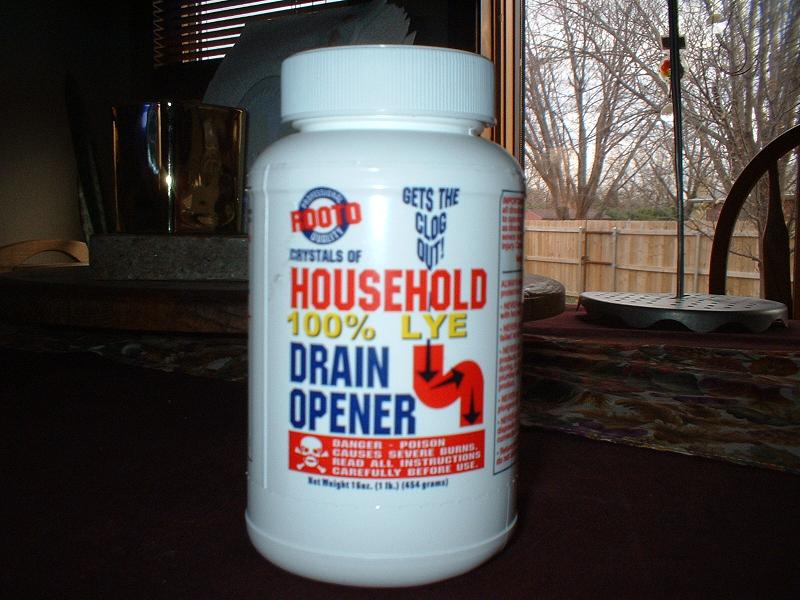This is a great thread, very helpful and well laid out procedures. I'm a bit embaressed because I am an industrial chemist, 26 yrs. designing building and operating large ultrapure water treatment plants and kept saying to myself I needed to write up how to DIY regeneration. You did a much better job than I could have anyway!
It amuses me that so many on this thread have asked "why bother". We regenerate resins, since a single charge of resin on my present system costs $45,000! It will usually last about 10 years since we have an RO in front of it (less fouling of resin), for anyone wondering how many times you can regenerate it.
Maybe I should search and see if anyone is cleaning RO membranes. We do that too. Our RO has $24,000 worth of membranes in it so we want them to last as long as possible too! (also about 8-10 years)
Thanks again Dude!
Oh and for the person wondering earlier, seperate bed DI's produce nearly as good of water as mixed beds (the same for aquarist's purposes) and used to be the standard (a vacuum degassifier between the cation and anion reduces the load on the anion) but with the advent of RO's, mixed beds are cheaper (only one tank) and a degassifier between the RO and the mixed bed works okay (may have to feed acid to lower pH) too.
And yes, resins can be regenerated in a mixed bed vessel, just a little trickier, and not very suitable for home use.

